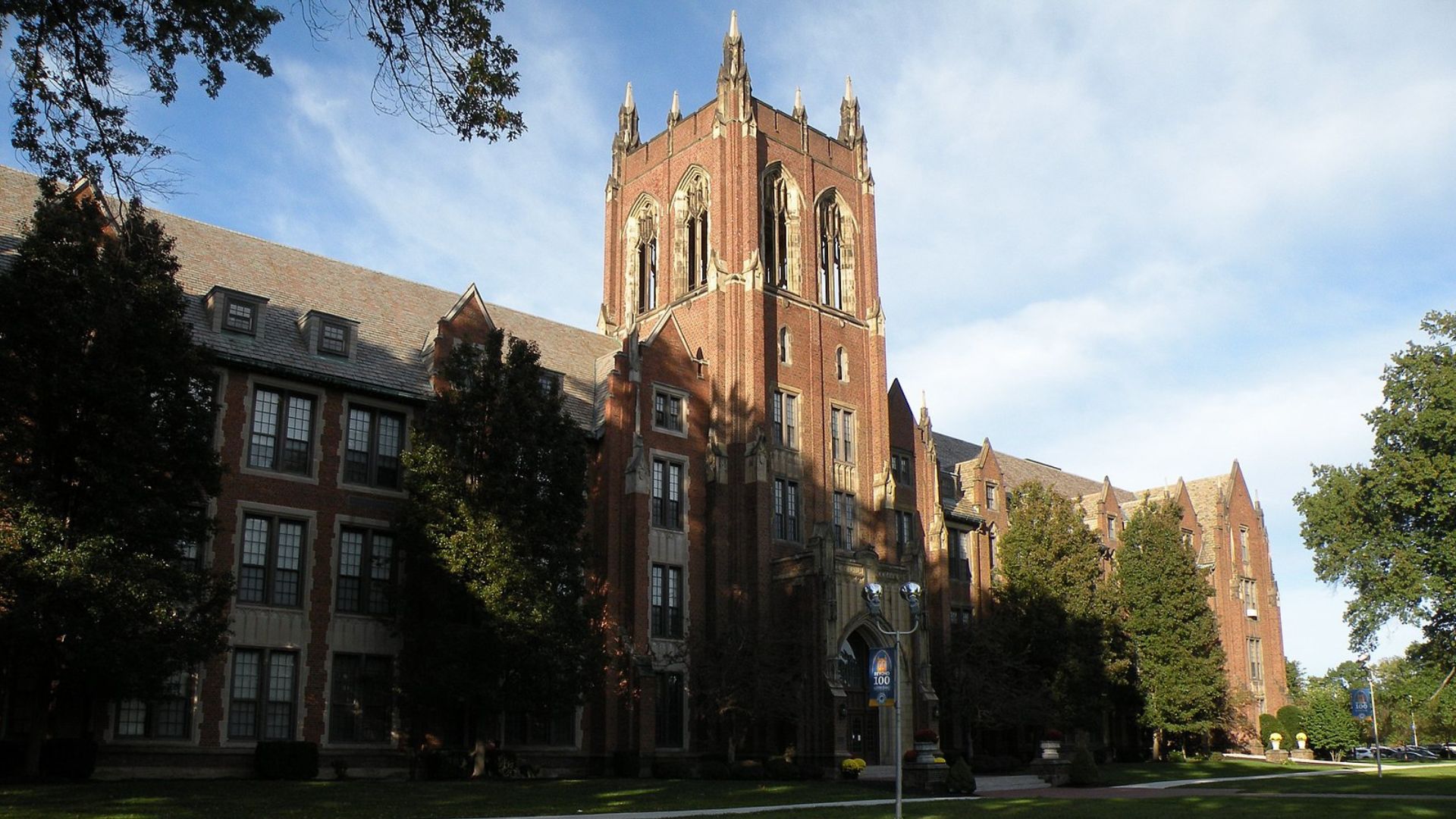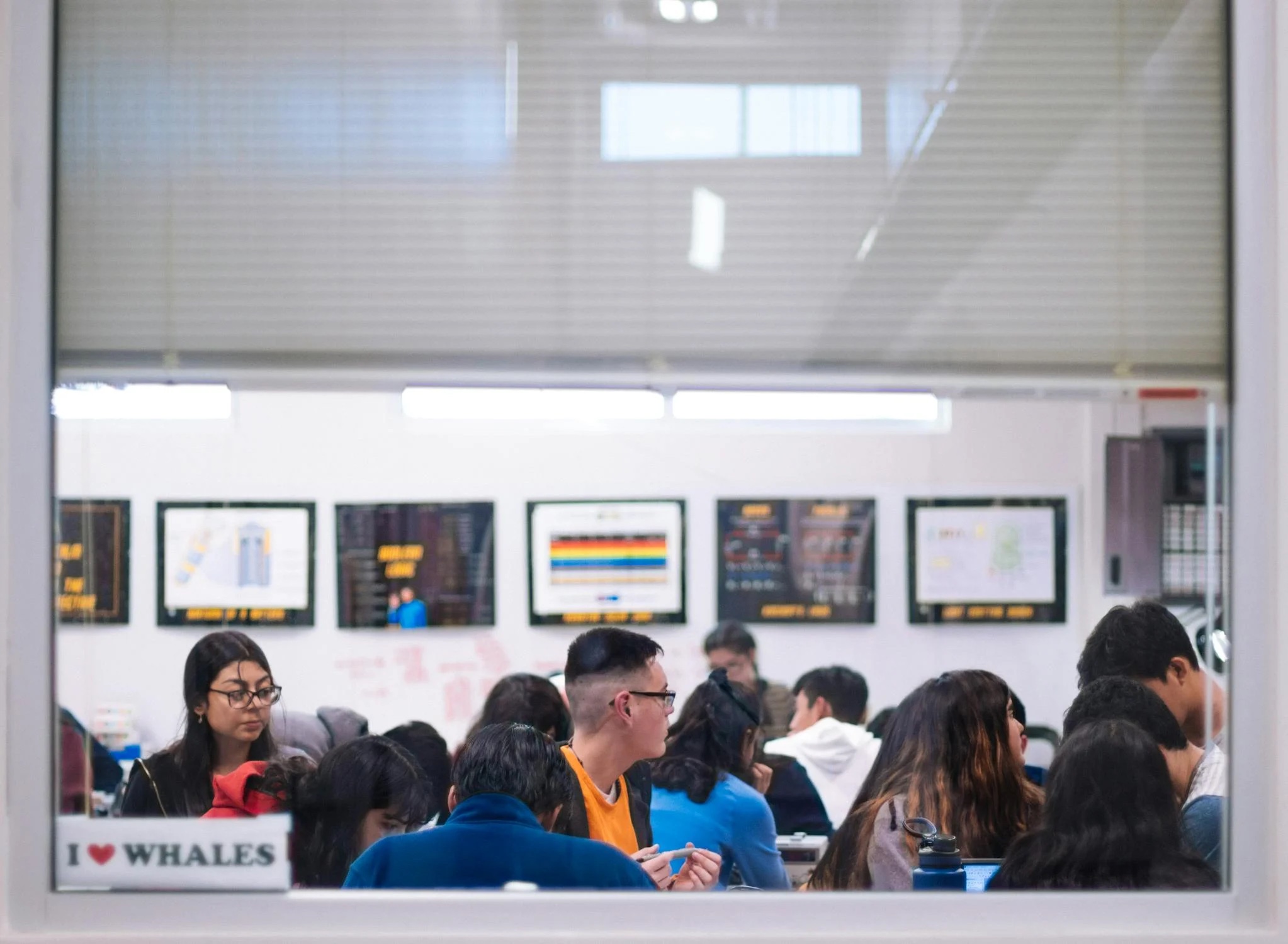The 100-year-old Ohio college, Notre Dame College, has declared that it will shut its doors this year. This is just one of several small Catholic colleges closing in recent years.
The Roman Catholic institution has faced financial challenges over the last several years, but the rising costs and declining enrollment contributed to the school’s closure. This is a challenge that many other institutions will be facing in the upcoming year.
Why Notre Dame Closed Its Doors

Following the resignation of President J. Michael Pressimone in November, Notre Dame’s decision came as a shock to the community. Speculation about the school’s financial health sparked amongst the community.
Notre Dame asserted that it was financially struggling, with a debt exceeding $10 million.
Another Option for Some Students

“Throughout this long process, we evaluated every possible option to continue the mission of Notre Dame College,” said Terri Bradford Eason, the chair of the school’s board of trustees, in a Feb. 29 press release.
A Major Change In These Years College Attendance

One of the notable declines in Notre Dame College was the lack of students applying to the college. Unfortunately, this is a trend that almost every university has been seeing, and this year will be the most challenging.
Due to a technical delay by the Free Application for Federal Student Aid (FAFSA), way fewer students are seeking financial aid to further their education.
Glitches in the FAFSA

This means that fewer high school students will end up with aid, which could impact whether or not they go to college.
Students Scramble to Fill Out the FAFSA

This year’s seniors have a much smaller window to submit a FAFSA compared to the class of 2023. With the starting line pushed back and ten weeks left before graduation–after which the students will not be able to fill out a FAFSA–concern about college attendance is on everyone’s mind.
While big glitches have been fixed and after-school and weekend programs helping students fill out the forms, students are still feeling discouraged.
FAFSA Numbers Are Already Down

Bill DeBaun from the National College Attainment Network, an organization that tracks how many high school students have filled out the FAFSA using data from the Department of Education, found that 27 percent fewer students have submitted FAFSAs.
That is about half a million students when compared to 2023. “When students don’t make a successful transition from high school to college, it decreases their likelihood of enrolling and attaining a post-secondary credential down the line,” DeBaun told NPR.
University React to FAFSA Delays

The delay in FAFSA has made universities reconsider how it will approach the decision deadline, which falls on May 1.
The University of North Carolina at Chapel Hill has not sent out a single financial aid package because of the “poor quality of the data and the late receipt of students’ FAFSA information (via NBC News).
Attendance Has Fallen Dramatically

On top of the financial aid crisis plaguing millions of students, college enrollment has been declining gradually over the last decade.
In 2022, the total number of students ages 18-to-24 enrolled in a college was down by 1.2 million from its peak in 2011, according to Pew Research Center.
College Tuition Is Unaffordable

According to the study, men were more likely to say they didn’t go to college because they didn’t want to or because they didn’t feel they needed more education for the type of job they wanted.
However, men and women who did not attend college after high school graduation said that the cost of a college education was a major reason why they did not attend college.
The Eye of the Storm

The average cost of attendance for a student living on campus at a four year in-state university is $26,027 per year ($104,108 over four years). Private or nonprofit university students are paying an average of $55,840 per year ($223,360 over four years).
But the sticker price doesn’t show the entire story of what students will be paying for their education. Grants and scholarships, which are often offered by colleges and universities after submitting the FAFSA, help lower these costs significantly.
Will More Colleges Close?

From elite universities to smaller colleges, broken budgets are becoming a problem. When students who are a source of income for these institutions stop attending these schools, the budget shifts.
While Notre Dame College is the biggest university closure to make headlines, others might be following closely behind.
